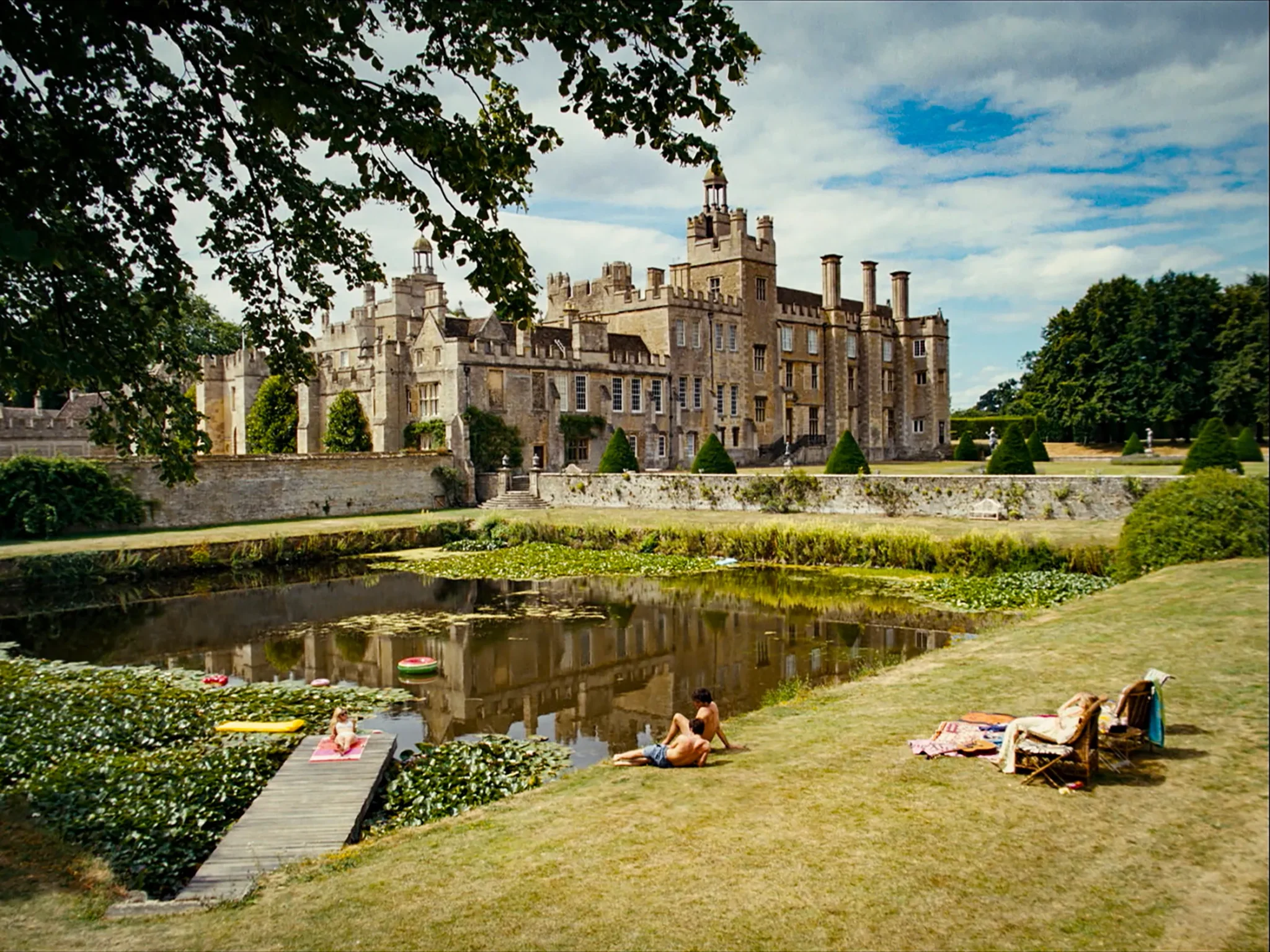All the best stories include a juicy bit of intrigue. The history of New England’s textile industry is no exception.

It all started in 1790 on the banks of Rhode Island’s Blackstone River, just downstream from the teeming Pawtucket Falls. Moses Brown—abolitionist, entrepreneur and cofounder of Brown University—had assembled what he’d thought were all the new-fangled water-powered technologies he’d need to catapult textile making in the just-minted United States from a manual to a machine-driven process.

We love how in this portrait, Moses Brown looks like the archetypal cranky, irascible Yankee.
But he had no idea how to operate them.
As luck would have it, Samuel Slater–a British-born mechanical whiz kid—soon entered Brown’s orbit. In America, Slater is often fondly referred to as “The Father of the Industrial Revolution.” In the U.K., he is known as “Slater the Traitor.”
Slater grew up as an apprentice indentured to England’s most cutting-edge textile mills—which is saying something, since England at that time had a stranglehold on the world’s cotton-processing industry. Having memorized the ins and outs of all the closely guarded machines that made English cotton processing possible (a British law at the time expressly forbade the exporting of the actual technology), Slater slipped off to the U.S. in 1789 at the age of 21 to seek his fortune.
A year later, he was in cahoots with Brown in Rhode Island, and by 1793 the two of them had their first yarn mill up and running. Slater never looked back.

Samuel Slater—keeper of secrets and titan of 18th-century industry.
Over the next several decades, Slater vastly expanded his empire of mills all over New England, establishing factories across Massachusetts, Connecticut and New Hampshire. In fact, his whole family was in on the act—his sons ran the business with him, and his first wife, Hannah Wilkinson, invented two-ply thread and became the first woman in the U.S. to receive a patent.
Slater died a millionaire in 1835.

A 19th-century engraving of the Boston Manufacturing Company mill in Lowell, Massachusetts.
But as is always true, his staggering success also created opportunities for disruptions and improvements.
Slater’s methods weren’t perfect. Perhaps most notably, his labor strategies relied heavily on the factory-town unit, which he aggressively developed, and children as young as seven were a critical part of his work force.
Enter Francis Cabot Lowell, the Boston Brahmin son of a member of the Continental Congress. Lowell had a thirst for adventure, a visionary approach to business and the personal wealth to fund his endeavors.

No known portraits of Francis Cabot Lowell survive, so this rather romantic silhouette of his is often used
After graduating from Phillips Academy and Harvard University, Lowell lit out for a year for the Basque Country and France on a merchant ship. Upon returning to Boston in 1796, he set up fabulously successful enterprises importing silks from China and cottons from India, and distilling rum from molasses he sourced in the Caribbean. But he constantly pushed himself to find the next trailblazing ventures, and America’s impending clash with the British as both sides hurtled toward the War of 1812 sparked Lowell’s best quarry yet: the English textile industry.
He spent the year of 1810 touring England with his family, visiting as many cotton mills as possible and absorbing as much intel as he could. By the time he returned to the U.S., he was ready to strike.
In 1813, Lowell built his first factory on the banks of the Charles River in Waltham, Massachusetts, and it was pioneering in every way. Not only did it incorporate avant-garde technologies and tap public stocks to raise capital, it was also the first factory in the U.S. to be vertically integrated—the spinning, weaving, dyeing and cutting of cotton cloth all happened under one roof, creating a model for efficiency that impacted mass production across a wide range of industries for years to come.
And Lowell banished the practice of child labor, establishing a workforce of “mill girls” who lived in company boardinghouses. Granted, these women received far lower wages than their male counterparts would have, and so the robustness of this improvement is open for debate, but that’s a topic for a different article at a different time.
When Lowell died at the age of 42 in 1817, he left a roaring industry behind him. More than 140 mills had sprung up within a 30-mile radius of Providence, Rhode Island, alone, employing more than 26,000 people.
By the 1840s, New England’s textile mills were becoming victims of their own success. Overproduction caused prices to plummet. During the Civil War, the Confederate embargo of cotton further cratered the economy. The beginning of the 20th century saw the shuttering of more and more factories in the region as businesses moved to the cheaper, warmer South.
Today, just a handful of New England mills remain and keep this proud history of alive.
But the extraordinary accomplishments of New England’s early mills paved the way for America’s whole booming manufacturing economy in the 19th and 20th centuries. It’s fascinating what a little Yankee ingenuity can do.

Old Slater Mill, established in the 1790s by Samuel Slater, is a National Historic Landmark.Forest J. Handford

















